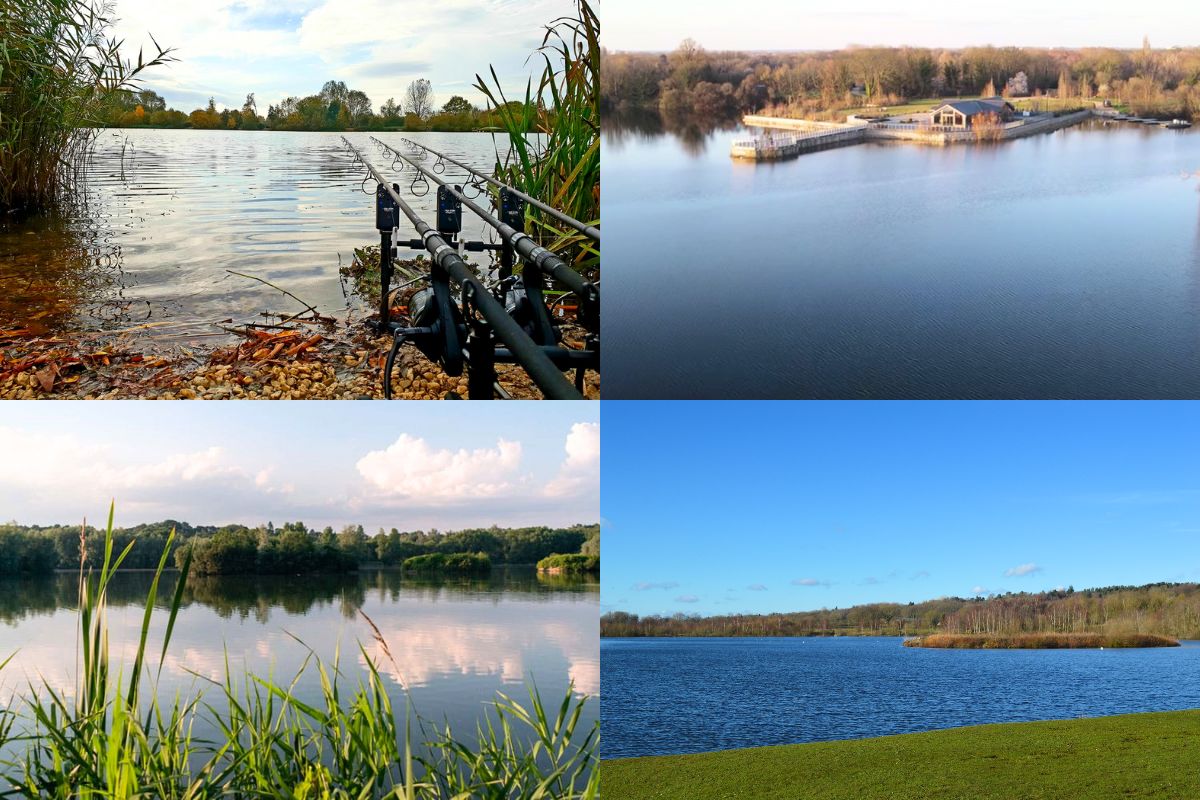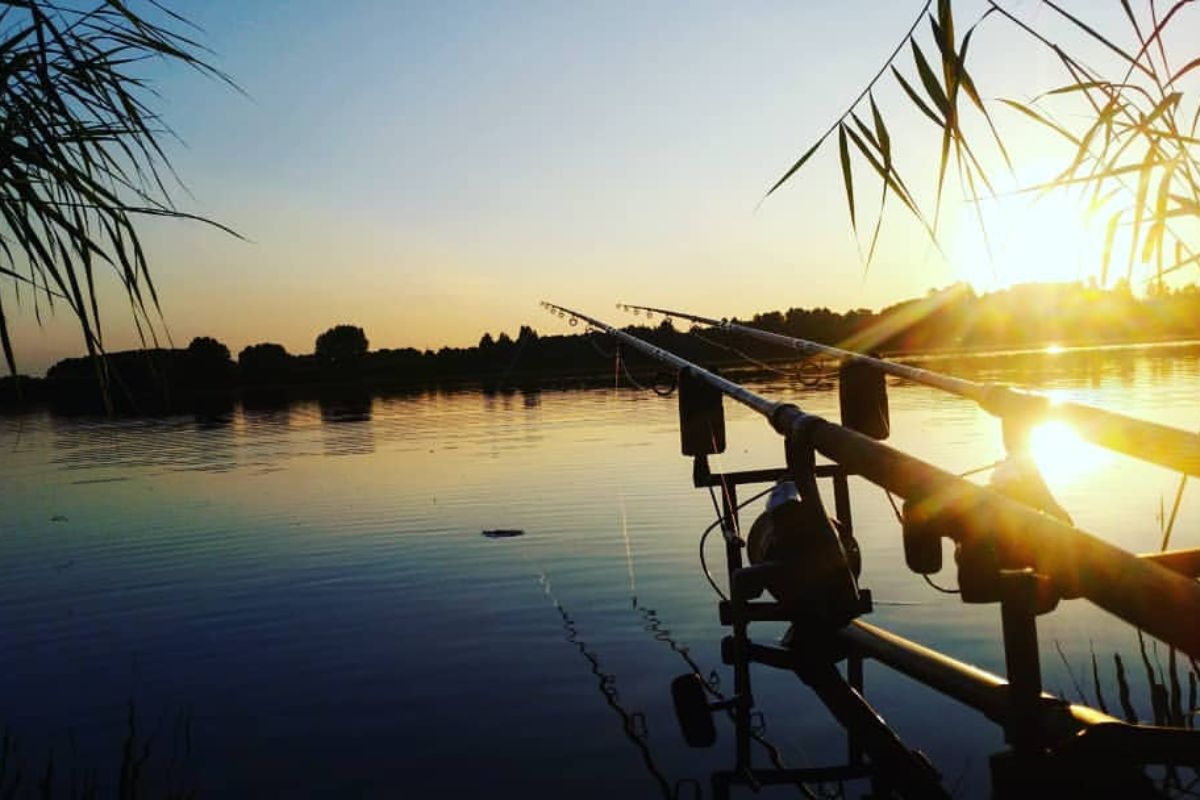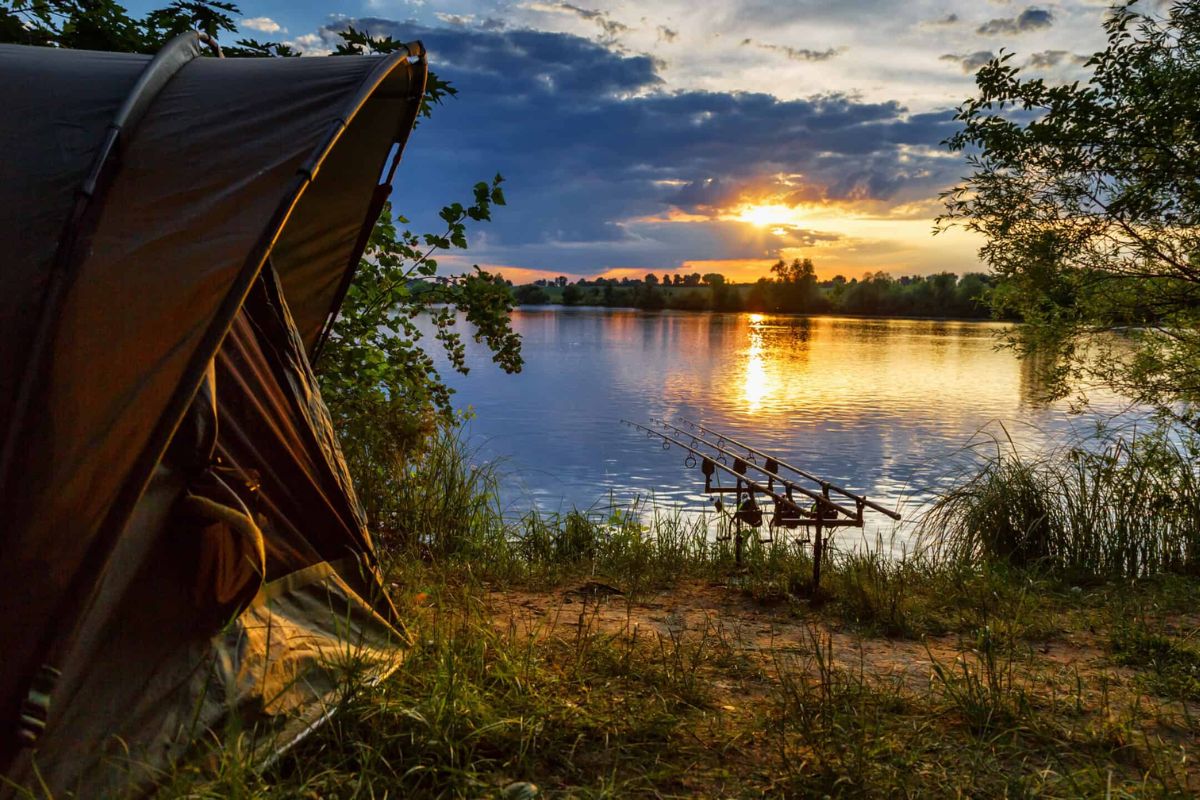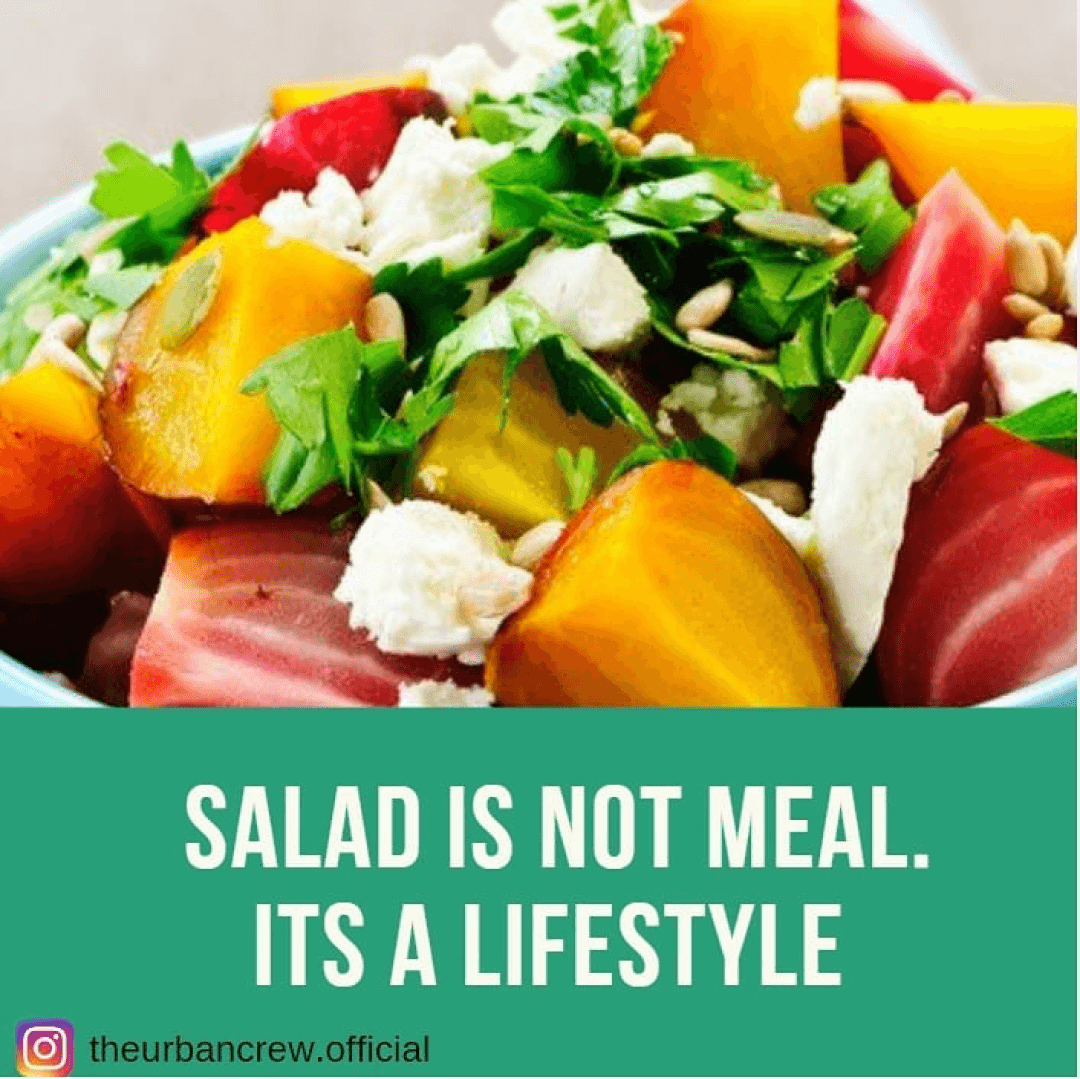Carp fishing is a popular activity enjoyed by anglers all around the world. But for those looking for a unique, challenging, and rewarding experience, the UK is a prime destination for carp fishing. With numerous lakes and rivers offering some of the best carp fishing in Europe, it’s no wonder that UK carp fishing draws anglers from all over the world to its waters. When it comes to carp fishing, anglers have a wealth of bait options to choose from. Some of the most popular and effective carp baits for carp in the UK are boilies and pellets, as we discuss further in this article.
Table of Contents
Locations for Carp Fishing in the UK

The UK has a vast array of locations for carp fishing. But some stand out for offering quality waters and exceptional carp fishing experiences. Here are some of the top spots for carp fishing in the UK:
- Linear Fisheries, Oxfordshire: This is one of the best-known fisheries in the UK, comprising a collection of 10 lakes. It boasts giant carp in the country and regularly holds carp fishing events.
- Wraysbury Fisheries, Middlesex: A popular carp fishing destination in the south of England, Wraysbury comprises two lakes – North and South. It offers an array of fish species, but the carp are the main event, with plenty of double and triple-figure specimens.
- Wasing Fisheries, Berkshire: This fishery offers a range of well-stocked lakes for anglers of all levels. One of the top lakes here, the Carp Lake, holds some of the best carp fishing in the country.
- Yateley Complex, Hampshire: This fishing complex is set in peaceful countryside and consists of seven lakes with a range of carp species, including the highly prized original strain carp.
Carp fishing is a popular pastime enjoyed by anglers around the world. These fish are prized for their strength and fighting spirit, which can provide an exciting experience for those who catch them. However, to land that big carp, it is crucial to choose the right bait.
Understanding Carp Feeding Habits
Before we dive into the different types of carp bait, it is crucial to understand the feeding habits of these fish. Carp are omnivores, meaning they eat various food, including insects, snails, and vegetation. They are known to feed all day and night but are most active during dawn and dusk.
Carp are also very sensitive to water conditions and the environment around them. The temperature of the water, the presence of predators, and competition for food can all impact their feeding habits. This is important to keep in mind when choosing the perfect bait.
Types of Bait
- Boilies – Boilies are a common type of bait for carp fishing. Boilies are typically made from semolina, eggs, and various flavours and additives. They are boiled and then air-dried to create a hard outer shell. The idea behind boilies is that they slowly break down in the water, releasing their attractive flavours and aromas to entice carp to feed on them. They are essentially flavoured balls of dough that come in various flavours and sizes. Boilies can be purchased or made at home. They can be used on a hair rig or as hook bait. Boilies are versatile bait and can be used in many different fishing styles. A very common type of boilie that many anglers use and are very successful with, is the Atlantic Heat Boilies. This boilie is made from Pre-digested/LT fishmeals, peppers, and spice.
- Pellets – Pellets are another popular option for carp bait. They come in different sizes and flavours as well. They are often used as ground bait, mixed with other types of bait to create a bed of food that carp will be attracted to. Pellets are effective in the calm, still, waters where fish are less active.
- Corn – Corn is a classic bait for carp fishing. It is cheap, easy to find, and works well for catching carp. Some anglers like to add flavours to the corn to make it even more appealing to the fish. Corn is an excellent bait to use in clear water and when carp are less active.
- Particles – Particles are a collection of tiny seeds and nuts used for ground or hook bait. This can include hemp seeds, tiger nuts, and chickpeas. Particles can be used to create a bed of ground bait or used as hook bait. They are particularly effective when carp are feeding on smaller food items.
- Naturals – Carp are omnivores and will feed on various natural foods, including insects, snails, and crayfish. Fishing with live bait or natural food is not legal in all areas, so check your local regulations before attempting to use this type of bait.
Choosing the Right Bait

Choosing the right bait can be challenging, but there are a few things to keep in mind. First, consider the water conditions and temperature. Carp are more active and feed more in warmer water, so you may need more potent bait in colder months. Secondly, think about the type of water you are fishing in. If it is murky, consider using a bait that is strong-smelling or flavoured to help the carp find it.
Another thing to consider is the size and presentation of your bait. Carp have a tiny mouths, so using a smaller bait can increase your chances of a hookup. However, larger baits can be used in certain situations as well. The presentation of your bait is also important. Carp are wary fish and can easily detect unnatural or suspicious baits. Make sure your bait looks natural and is presented in an enticing and attractive way to the fish.
Ultimately, experimentation is key when it comes to finding the perfect bait for carp fishing. Try out different options and see what works best for your local waters and fishing style. Pay attention to the feeding habits of the carp in your area and adjust your approach accordingly. With the right bait and a little patience, you’ll be sure to hook that trophy-sized carp in no time. Happy fishing!
















